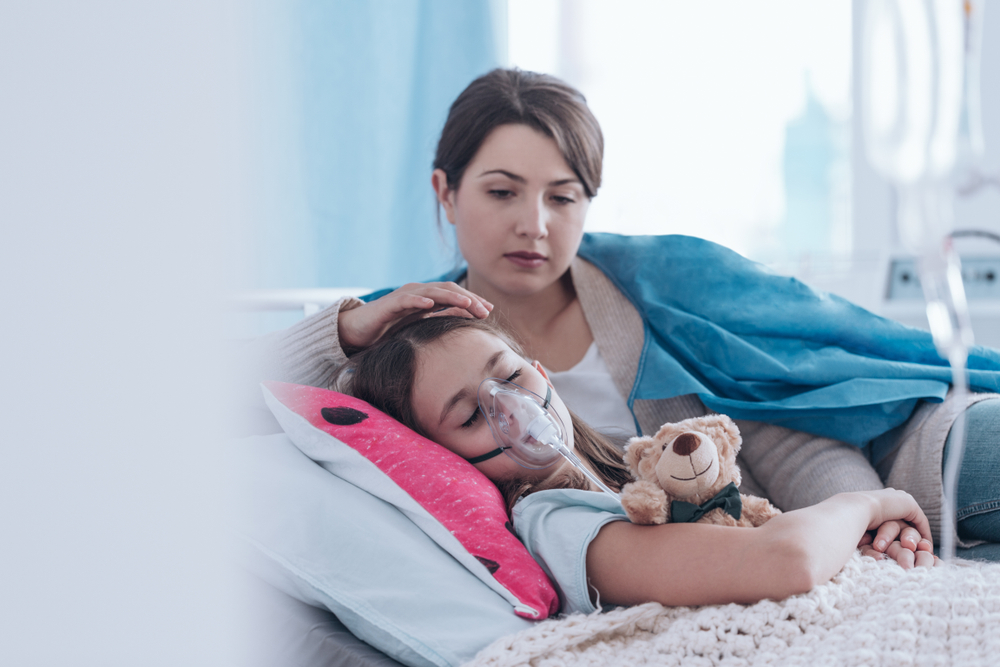Comprehensive Guide to Pneumonia: Recognizing Symptoms and Exploring Effective Treatment Options
This comprehensive article provides detailed insights into pneumonia, covering its symptoms, causes, and treatment options. It emphasizes early recognition, when to seek medical help, and the importance of preventive measures like hygiene and lifestyle changes. With over 1500 words, it offers valuable information to help readers understand this serious respiratory disease, recognize warning signs, and explore effective treatment strategies for a full recovery. Suitable for anyone seeking to improve their understanding of pneumonia and its management.

Understanding Pneumonia: A Complete Overview of Symptoms, Causes, and Treatments
Pneumonia is a serious respiratory condition characterized by the inflammation of the lung tissues, which can involve either one or both lungs. This condition is caused by various infectious agents, including viruses, bacteria, and fungi. When an individual develops pneumonia, fluid, pus, or other cellular debris accumulate in the alveoli—the tiny air sacs responsible for oxygen exchange—making breathing increasingly difficult and reducing oxygen supply to the body. The severity of pneumonia can range from mild to life-threatening, especially in vulnerable populations such as the elderly, young children, and those with weakened immune systems.
Understanding pneumonia's symptoms, causes, and treatment options is crucial for timely intervention and effective management. The signs and symptoms can often overlap with other respiratory illnesses, which makes early diagnosis and appropriate medical care vital. This comprehensive guide aims to enlighten readers about the key indicators of pneumonia, risk factors, preventive measures, and available treatment strategies to ensure better health outcomes.
Recognizing the Signs and Symptoms of Pneumonia
Varied symptoms based on age and overall health: The manifestation of pneumonia can be mild in healthy adults but often severe in infants, elderly individuals, or those with existing health conditions. Common signs include fever, chills, cough with phlegm, and shortness of breath, especially during physical exertion.
Additional indicators: Sharp chest pain that worsens with deep breaths or coughing is typical. Other symptoms such as persistent headache, excessive sweating, and clammy skin often accompany the infection. Fatigue and a noticeable loss of appetite are common, particularly as the illness progresses.
Special considerations for vulnerable groups: Older adults might experience confusion or mental disorientation due to hypoxia. Bacterial pneumonia can lead to very high fevers, rapid respiratory rates, and bluish lips, signaling insufficient oxygen levels. Viral pneumonia may mimic flu symptoms, including muscle aches, fatigue, and generalized weakness.
When to seek medical help: Early recognition and prompt medical consultation are vital if symptoms like high fever, severe cough, difficulty breathing, or chest pain occur. Those with compromised immunity, recent surgeries, or smoking habits are at increased risk of complications.
Effective Approaches for Pneumonia Treatment
Medical Management: The primary treatment depends on the causative pathogen. Bacterial pneumonia is typically treated with targeted antibiotics, while antifungal or antiviral medications are used when fungi or viruses are responsible. Over-the-counter medications can assist in alleviating symptoms such as fever and pain. Cough suppressants may be recommended to reduce lung irritation and help with sleep.
Home care essentials: Adequate rest, hydration, and proper nutrition play significant roles in recovery. It’s important to maintain a calm environment, avoid strenuous activities, and adhere strictly to prescribed medication schedules. Monitoring symptoms closely helps prevent deterioration.
Hospitalization and advanced interventions: Severe cases may require hospitalization where critical monitoring occurs. Treatments can include intravenous antibiotics, respiratory therapies, and supplemental oxygen. Oxygen therapy aims to maintain optimal blood oxygen levels and can be administered via masks or nasal tubes. If breathing becomes critically compromised, ventilator support may be necessary to sustain life.
Breathing techniques and supportive therapies: Techniques such as deep breathing exercises and chest physiotherapy can facilitate lung expansion and clear mucus. Respiratory therapy sessions may include bronchodilators or nebulizers to open airways and ease breathing.
Pneumonia remains a serious health concern, but with early diagnosis, appropriate treatment, and diligent care, most patients recover fully. Preventative measures are equally important—quitting smoking, practicing good hygiene, and leading a healthy lifestyle bolster immunity and reduce the risk of infection.
In conclusion, awareness of pneumonia's symptoms and treatment options can significantly improve outcomes. Prompt medical attention and adherence to prescribed therapies are essential. Protect yourself and loved ones by staying informed about this potentially dangerous respiratory infection and taking preventative steps to maintain respiratory health.





